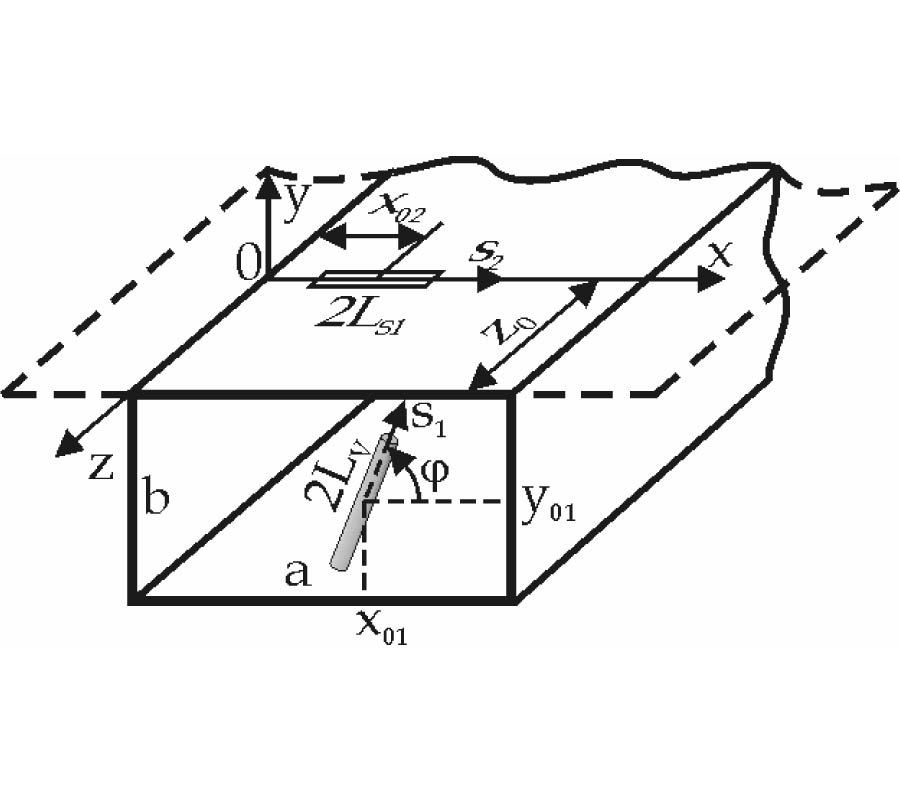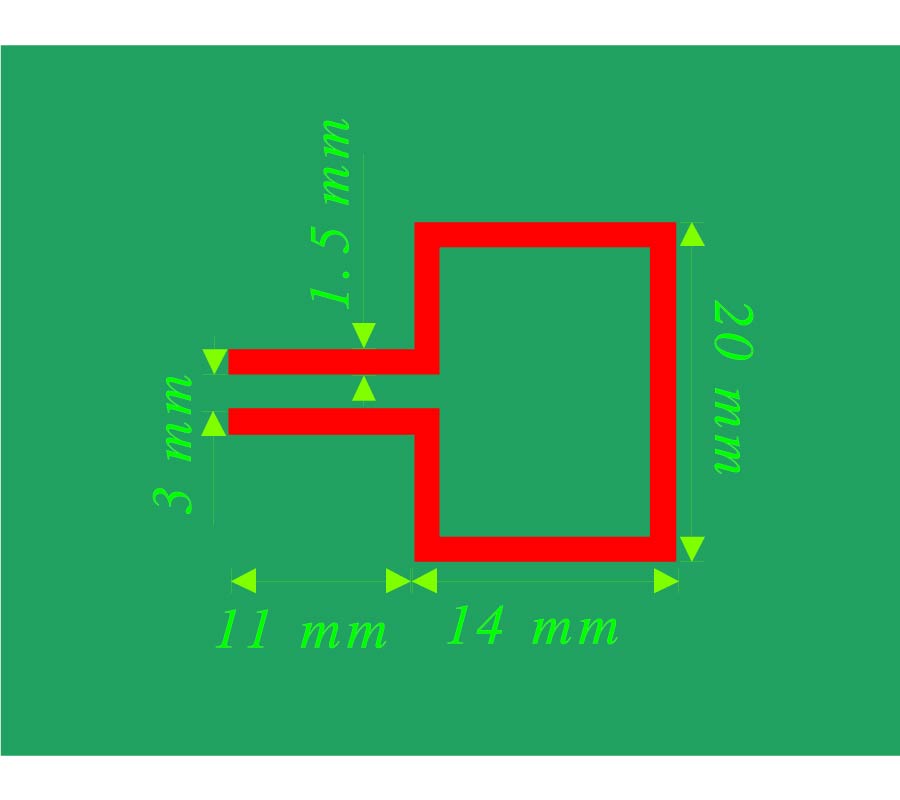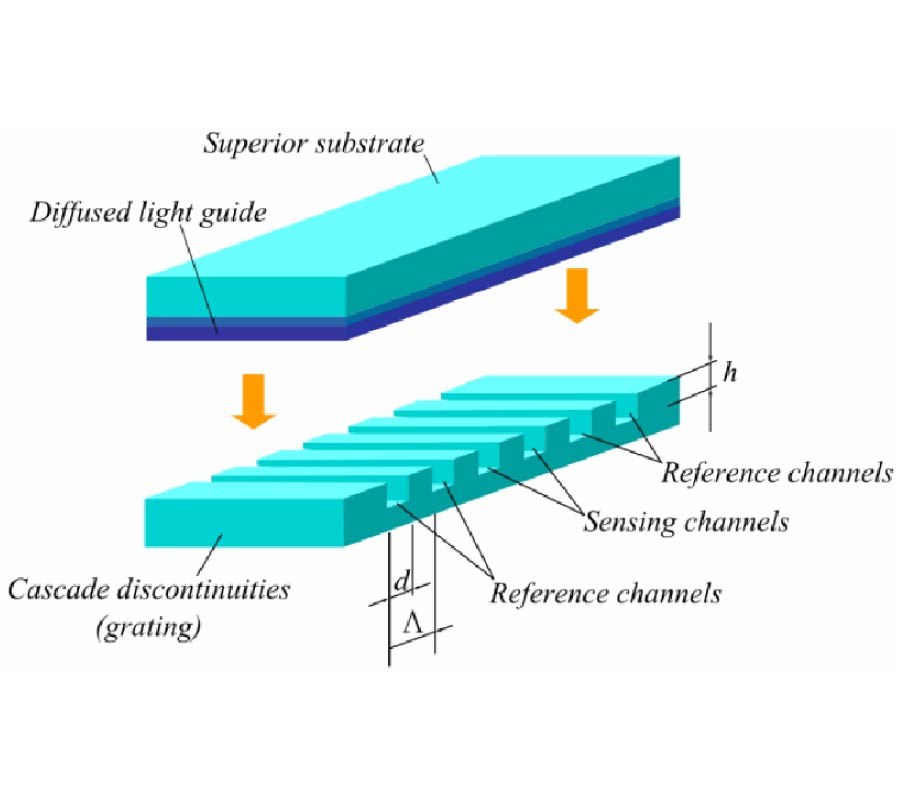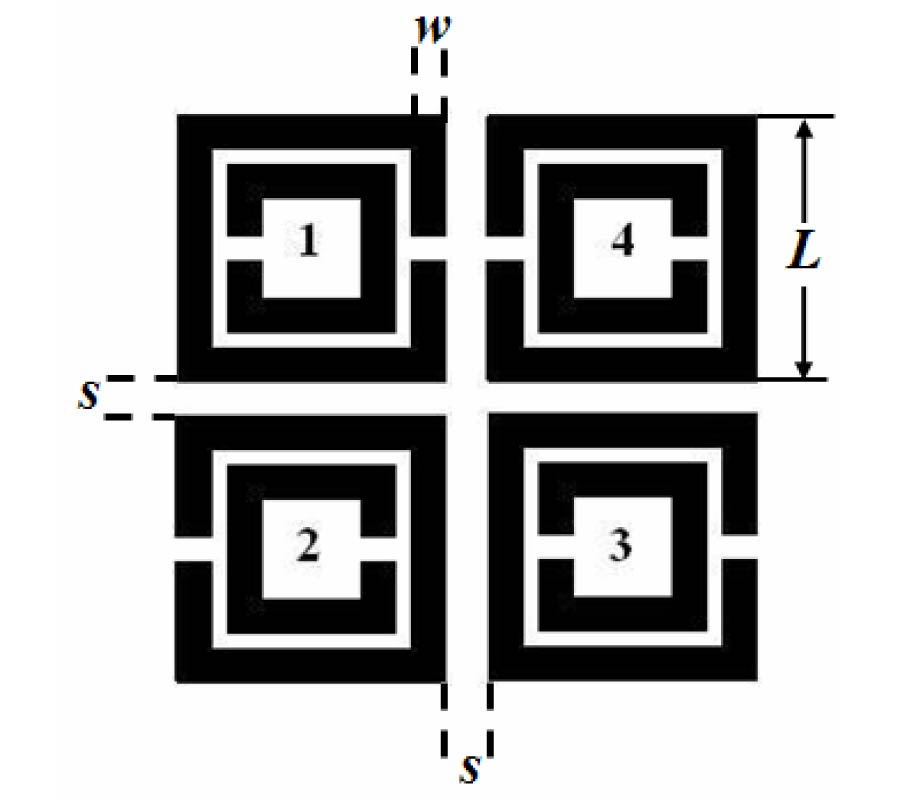Application of a Hybrid Model for the Susceptibility of Complex Form Metallic Wires Perturbed by EM Near-Field Radiated by Electronic Structures
Elagiri-Ramalingam Rajkumar,
Blaise Ravelo,
Mohamed Bensetti and
Priscila Fernandez-Lopez
A modeling of the metallic wires susceptibility facing to the disturbances caused by electromagnetic (EM) near-field (NF) radiated by electronic structures in radio frequencies (RF) is introduced by using a hybrid method. This latter is based on the use of the given EM-data calculated or determined from the standard computation tools associated with basic analytical methods expressing the coupling voltages at the victim wire extremities and the EM-NF radiations. In difference to the classical methods based on the far-field radiations, the main benefit of this method lies on the possibility to take into account the evanescent waves from the disturbing elements. The basic principle illustrating the hybrid method principle is explained. To verify the relevance of the method proposed, we consider a metallic wire having cm-length above the ground plane disturbed by the EM-near-waves from the electronic circuits in proximity. For that, we model the EM radiation of the disturbing electronic circuits and then, apply the hybrid method to evaluate the coupling voltages induced through the wires. By considering the radiations around hundreds MHz, we demonstrate that the hybrid method proposed enables us to generate voltages in good agreement with the simulations performed with the commercial tools. Two types of realistic configurations are studied. First, with a microstrip loop circuit radiating at about 0.7 GHz, we calculated induced voltages at the extremities of the structures. Then, the same analysis was made with a 3D-model coil self for the large band from 0.1 GHz to 0.5 GHz. The results are in good accordance between the terminal voltages of the wire. The relative error in the second configuration falls less than 10%. This investigation is important for the EM compatibility (EMC) analysis of the radiating coupling between wires and complex electrical and electronic systems disturbed by RF harmonics.



















